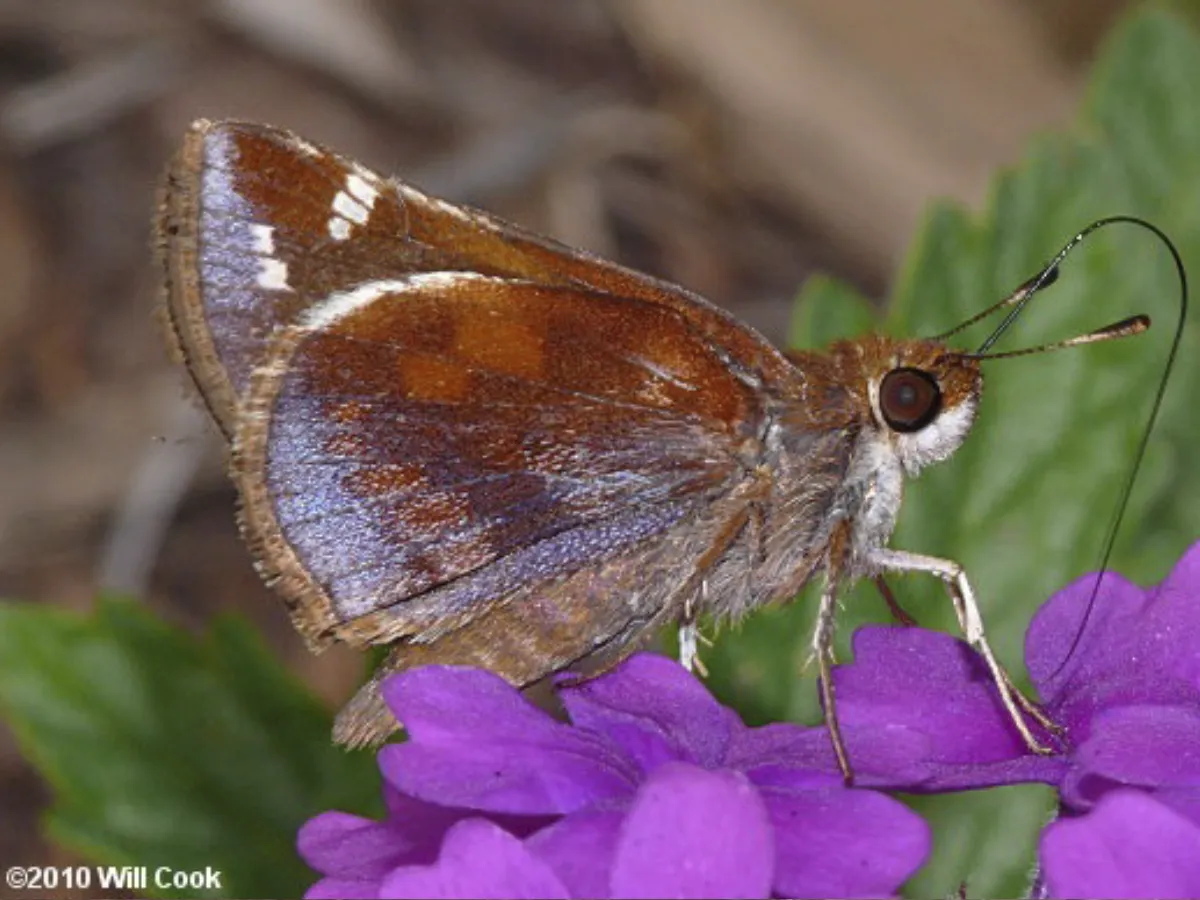5 Native Plants for Butterfly and Moth Reproduction
5 Native Plants for Butterfly and Moth Reproduction
But with insect populations plummeting across the board, let’s give the milkweeds some company.
An often overlooked function of native plants is their ability to rear caterpillars. We plant pollinator gardens to feed the adults, but centuries of evolution have produced host-specific relationships between native plants and their crawling counterparts – one of the aspects of evolution I find most fascinating (along with convergent evolution)! Sometimes, there is only a singular species that a given caterpillar can be raised on. We’re all familiar with the relationship between monarch caterpillars and milkweeds – this relationship spurred an entire movement to restore prairies and plant native plants. But with insect populations plummeting across the board, let’s give the milkweeds some company.


This is an example of a butterfly who can only reproduce on its host plant, columbine. Wild columbine, known for being a shade garden plant, is also happy in full sun as long as it never, ever gets soggy feet. Quite architectural in form, the flowers can shoot up to over three feet. It’s a short lived perennial that reseeds readily and will need disturbance and bare soil patches to have a continuous presence in the garden. Refraining from annual mulching will help ensure this happens.


While the Baltimore Checkerspot’s favorite host plant may be turtlehead (Chelone glabra), hairy beardtongue is its upland alternative. Growing in dry to average conditions as opposed to the wetland habitat of turtlehead, hairy beardtongue is a hardy little plant rising two feet tall with a penchant for growing in partial shade.


The Zabulon Skipper, also known as the southern dimorphic skipper due to the color differences between the male and female (female pictured above), uses a few different genera of grasses to breed on but purple lovegrass may be the most spectacular – look no farther than it’s specific epithet spectabilis! Capable of growing in extremely dry and nutrient poor soil, purple lovegrass is perfect for perennial borders and massing where it looks like a rolling purple fog. Only growing two feet tall and equally wide it makes a very useful addition to native gardens when you aren’t looking for some of our more towering native grasses.


Blue mistflower was previously classified as a Eupatorium, the same genus as Joe Pye weeds. Its blue fall color always stands out among the typical warm tones of autumn. Capable of growing in full sun or part shade, it is best planted in dappled sunlight, as it vigorously spreads by rhizomes and benefits from the control of shade. The Clymene moth is associated with a few genera of trees as well as Eupatoriums and the mist flower. More common than some of the other Lepidoptera listed in this article, with its large size and bold pattern, the Clymene moth remains a welcomed sight.


There are three species of Satyr butterflies (Neonympha), and one of them is now considered one of the rarest butterflies in the world. Mitchell’s Satyr has a highly disjunct population historically occurring in Indiana, Michigan, Ohio, Alabama, Mississippi, and New Jersey, though it is believed to be extirpated throughout its northeastern range due to habitat destruction. Wetlands (specifically, prairie fens and their associated natural communities), are one of the most at risk habitats in the world. Though it is most important to plant the highly textural, tropical looking palm sedge in Michigan, Alabama and Mississippi where populations still reside, let this story remind us of the extreme importance of restoring our wetlands nationally.

